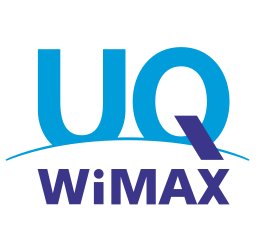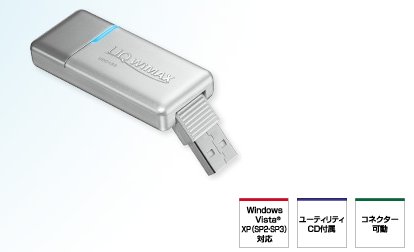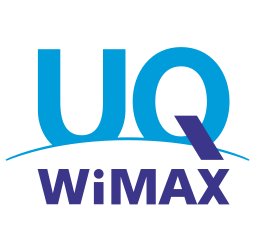Alvarion has just released plans to deploy Mobile WiMAX in the DRC (Congo).
Not only good news for Alvarion ($4.5 Million contract), but better news for Congo and Africa. Although most Mobile WiMAX investments are seeking the Big Money of Tier 1 Deployments, I love to read a bout WiMAX deployments in Africa and other developing countries.
As much as I will enjoy using UQ Communications WiMAX network in Japan, WiMAX is the perfect technology for deploying Internet and Voice services in developing markets, in places where traditional telephony was never deployed.



 As I reported in
As I reported in 




